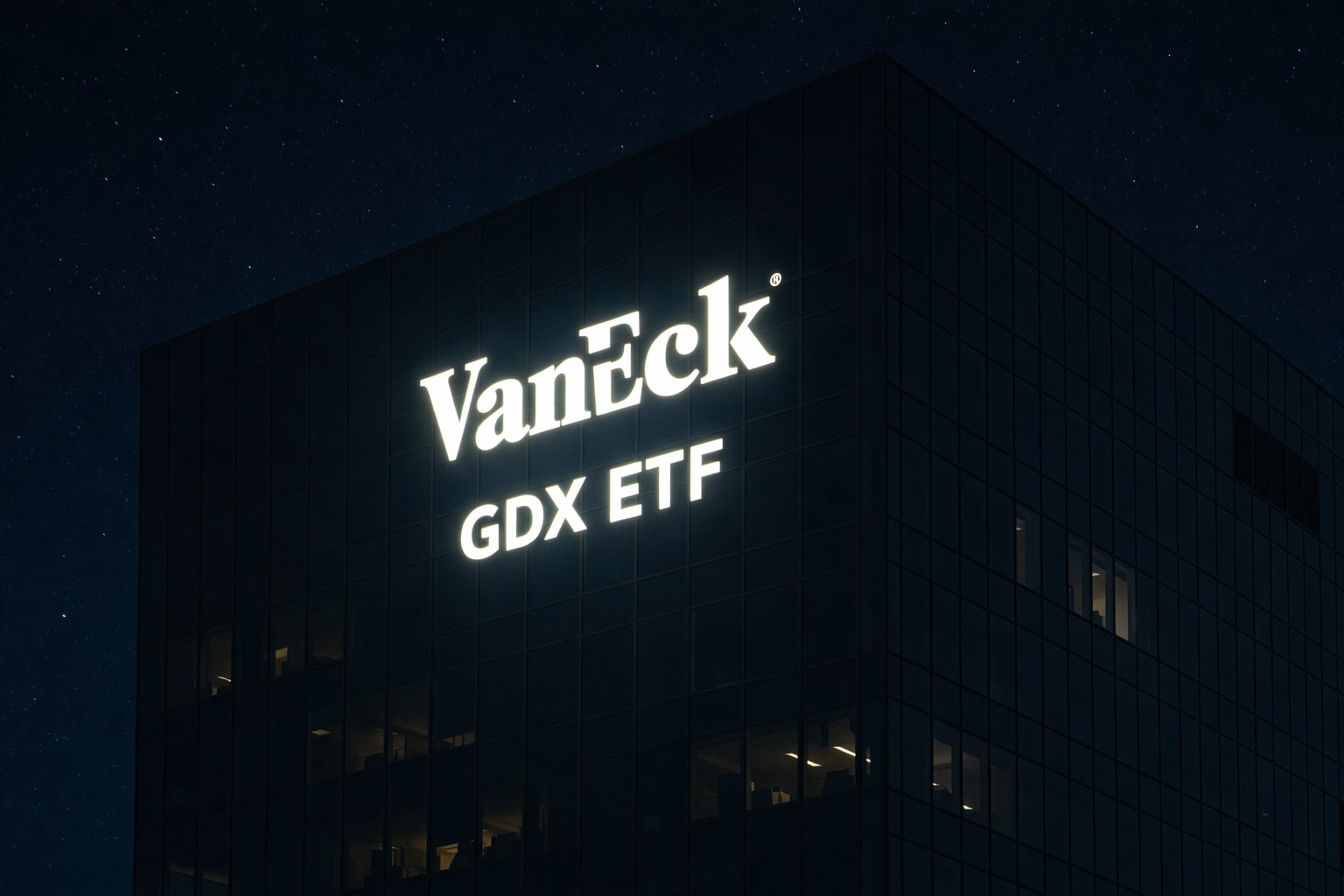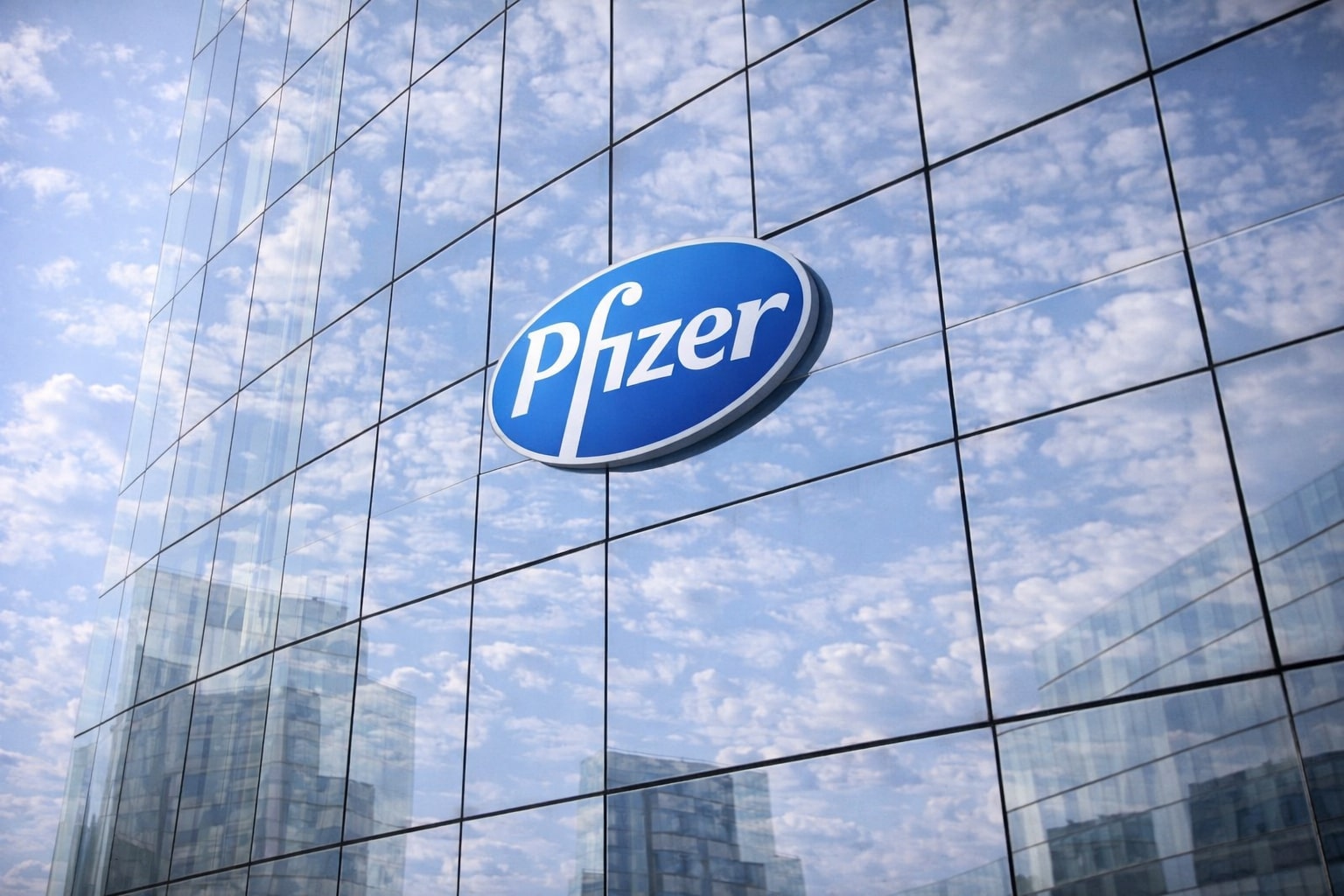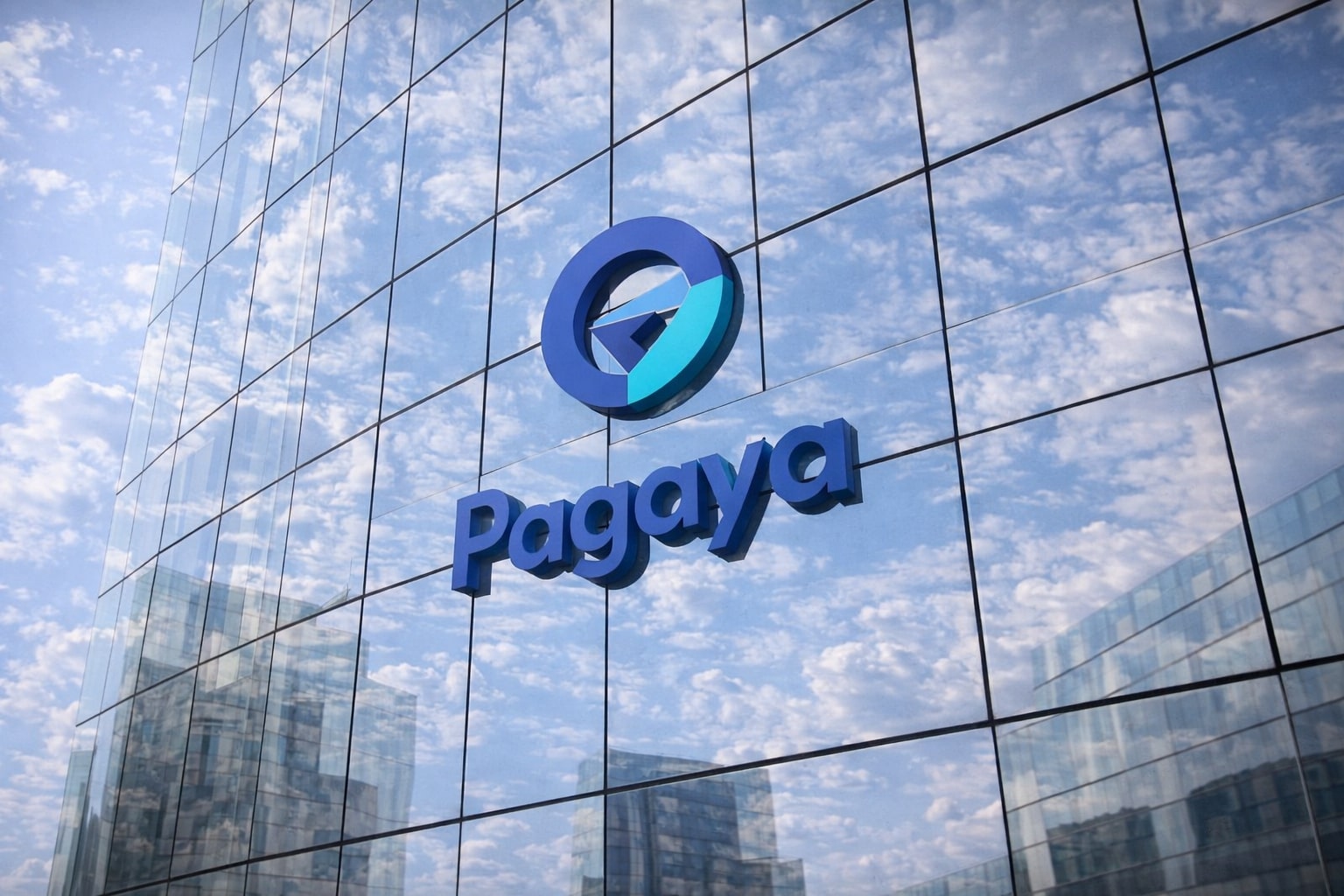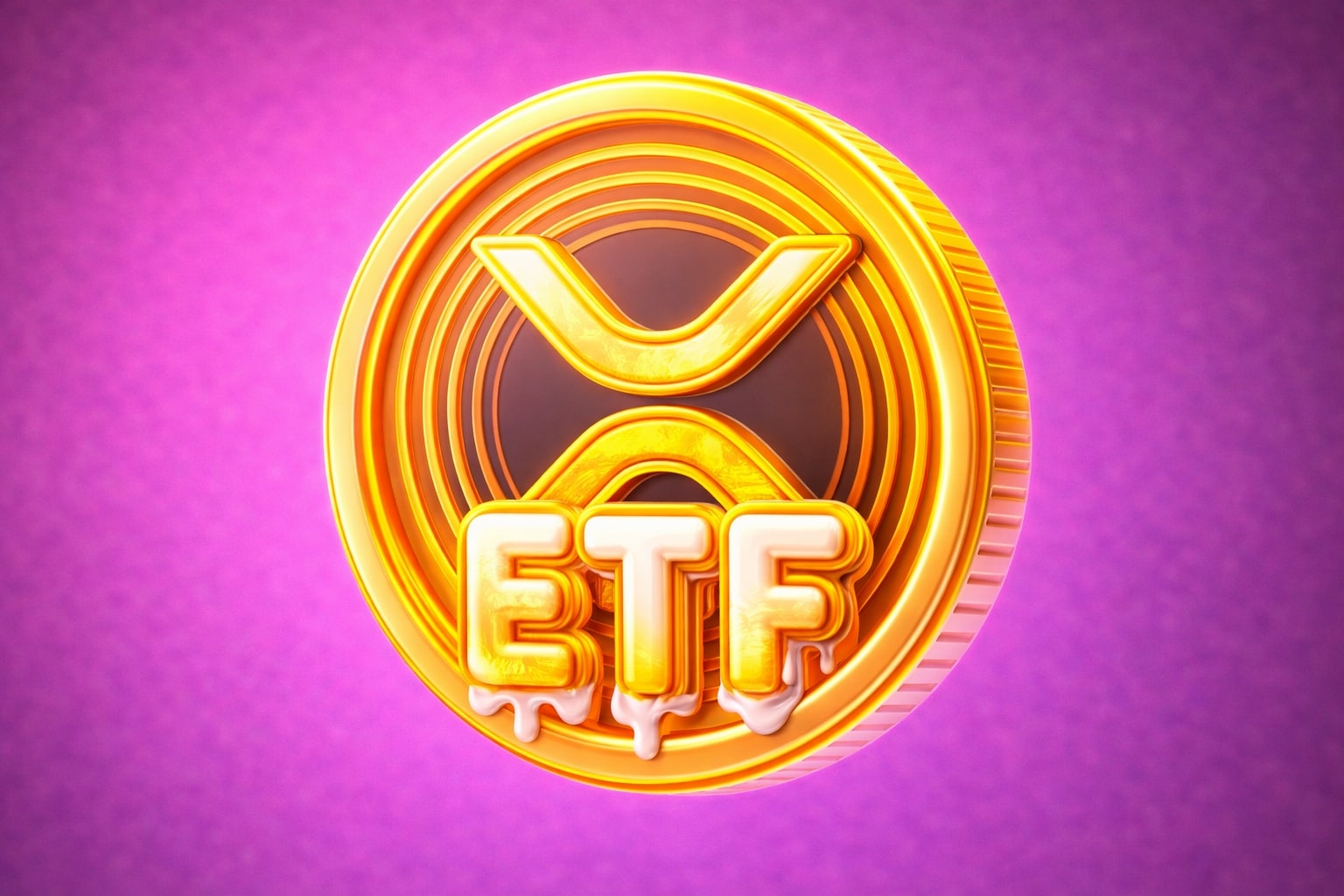
BP Stock Price (NYSE:BP) Analysis: $33.89 Price, 5.89% Dividend Yield, and 40% Upside Potential
BP pivots back to oil and gas, delivers 10 new discoveries in 2025, expands margins through AI-driven efficiency, and continues $750M buybacks alongside a 5.89% dividend | That's TradingNEWS
NYSE:BP Share Price Performance and Market Context
BP p.l.c. (NYSE:BP) closed its latest session at $33.89, down 1.68%, with intraday moves between $33.80 and $34.66. Over the past 52 weeks, the stock has traded in a wide range from $25.22 to $35.55, leaving its current market capitalization at $88.8 billion. While the company remains deeply tied to oil price cycles, its total return year-to-date sits at +19.87%, outpacing the FTSE 100’s 13.58%. Over five years, BP delivered a total return of +118.37%, more than double the FTSE 100’s +53.9%, proving that despite a decade of stagnation, the group has staged a powerful recovery since 2020.
NYSE:BP Revenue and Profitability Trends
Second quarter 2025 revenue came in at $46.62 billion, a modest decline of 1.4% year-on-year, but profit expanded sharply. Net income surged to $2.35 billion, compared with $90 million in Q2 2024, pushing net income margin up to 4.14% from 0.15%. This rebound was powered by upstream reliability above 96%, stronger gas marketing, and refining margins. Operating cash flow stood at $6.2 billion, even after a $1.4 billion working capital build. Trailing twelve-month figures show BP with $184.8 billion in revenue, gross profit of $47.55 billion, and diluted EPS of $0.25, reflecting the depressed baseline from prior quarters. The forward EPS estimate for 2025 is $2.61, rising to $2.91 in 2026, implying a rebound in profitability after an expected 20% drop this year.
NYSE:BP Strategic Realignment Toward Oil and Gas
BP has restructured its portfolio to lean back toward oil and gas, scaling down renewables to less than 5% of annual CapEx after years of underperformance in the transition business. Management delivered 5 of 10 major upstream projects scheduled through 2027, including Argos Southwest in the Gulf of Mexico, Mento gas in Trinidad, and Angola’s Agogo Integrated West Hub via its Azule JV. Exploration added 10 new discoveries in 2025, such as the Bumerangue block in Brazil with a 500-meter pre-salt hydrocarbon column. The pivot recognizes that global oil demand is not peaking soon. OIES projects consumption climbing to 108 million barrels per day by 2030 from 101.8 mb/d in 2023, led by non-OECD nations, petrochemicals, and aviation fuel.
NYSE:BP Cost Reductions and Digital Efficiency
Since early 2024, BP has already delivered $1.7 billion in annualized cost savings, putting it on track for $4–5 billion by 2027. Supply chain restructuring, workforce reductions (6,200 roles to be cut by year-end), and automation underpin the program. AI is reshaping operations, with Azerbaijan drilling time cut 90% through generative AI, while refining throughput has been optimized via Palantir software. These initiatives have improved production efficiency by about 5%, cut downtime by more than 10%, and expanded operating margins to 9.1% TTM. Levered free cash flow now stands at $9.31 billion annually, giving BP flexibility for dividends and buybacks even in a softer crude environment.
Read More
-
GDX ETF at $88 While Gold Tests $4,400: Are Gold Miners Poised for $100?
19.12.2025 · TradingNEWS ArchiveStocks
-
XRP ETF Boom: XRPI at $10.94 and XRPR at $15.49 as XRP-USD Clings to the $1.80–$1.90 Zone
19.12.2025 · TradingNEWS ArchiveCrypto
-
Natural Gas Price Forecast: NG=F Hovering Near $3.92 As Weather, LNG And Storage Collide
19.12.2025 · TradingNEWS ArchiveCommodities
-
USD/JPY Price Forecast - Dollar to Yen Near 157 as BoJ’s 0.75% Rate Hike Backfires on the Yen
19.12.2025 · TradingNEWS ArchiveForex
NYSE:BP Capital Allocation, Buybacks, and Dividends
Shareholder returns remain central. Since 2015, BP has returned $87.1 billion through dividends and buybacks, nearly equivalent to its current market cap. The quarterly dividend was raised 4% to $2.00 annualized, offering a forward yield of 5.89%, comfortably above U.S. Treasuries as rates decline. At the same time, management announced another $750 million buyback for Q3 2025. Over the past decade, BP’s dividend payments have totaled $19.80 per share, covering nearly 64% of its share price from September 2015, even with the 2020 cut. As cash on the sidelines becomes less attractive with lower rates, BP’s dividend appeal strengthens. Insider confidence and activity can be tracked directly here.
NYSE:BP Financial Strength and Balance Sheet Discipline
Net debt declined to $26 billion in Q2 2025, down from $27 billion in Q1, supported by disposals such as the Netherlands mobility business and U.S. onshore wind. Total debt remains heavy at $74.98 billion, with a debt-to-equity ratio of 94%, but liquidity is solid with $35.3 billion in cash and a current ratio of 1.21. The group targets $14–18 billion in net debt by 2027, a realistic path given current FCF generation. BP’s enterprise value sits at $127.8 billion, translating into 4.42x EV/EBITDA, cheaper than the industry median of 6.8x, underscoring undervaluation.
NYSE:BP Valuation and Analyst Sentiment
At $33.89, BP trades at just 12.4x forward earnings, a discount to integrated peers like Shell (NYSE:SHEL) at $71.34 and ExxonMobil (NYSE:XOM) at $112.16, both trading with larger multiples despite slower EPS growth outlooks. Consensus analyst targets range from $29.70 (low) to $48.00 (high), with an average of $37.25, implying upside of 10%. A more aggressive valuation case pegs fair value near $49 per share by FY2027, reflecting EPS of $3.26 and a steady multiple. Compared with tobacco peers like Altria, BP offers faster EPS growth—24.9% forecasted by 2027—while trading at lower multiples, suggesting a mispricing.
NYSE:BP Risks in Oil Pricing and CapEx Dependence
The risks remain tied to commodity cycles and global CapEx momentum. Should hyperscaler data center investment decelerate—Amazon, Meta, Alphabet, and Microsoft spent $88.2 billion in Q2 CapEx, up 67% YoY—the demand growth underpinning oil and gas forecasts could ease. A supply response from OPEC+ could also depress prices, with BP’s revenues still 60% dependent on upstream margins. Technological breakthroughs in energy efficiency or alternative sources could weigh on demand for hydrocarbons, while BP’s heavy debt load magnifies downside risk if oil slips below $60 per barrel.
Final Assessment on NYSE:BP Stock
BP p.l.c. (NYSE:BP) at $33.89 is trading well below intrinsic value. The company has repositioned toward oil and gas, secured 10 new discoveries in 2025, and executed 5 major project start-ups, while cutting costs by $1.7 billion annually through AI-driven efficiencies. Dividend yield at 5.89% combined with $750 million in buybacks ensures investors are compensated while waiting for the rerating. With profitability rebounding and FCF projected to grow at 20% CAGR through 2027, the risk-reward skews bullish. Analyst targets suggest moderate upside, but a more realistic view puts BP closer to $49 per share by 2027, implying 40% appreciation potential. Based on numbers, operational execution, and valuation discount, BP is a Buy at current levels, offering income, cost-driven margin expansion, and leverage to global energy demand growth.


















